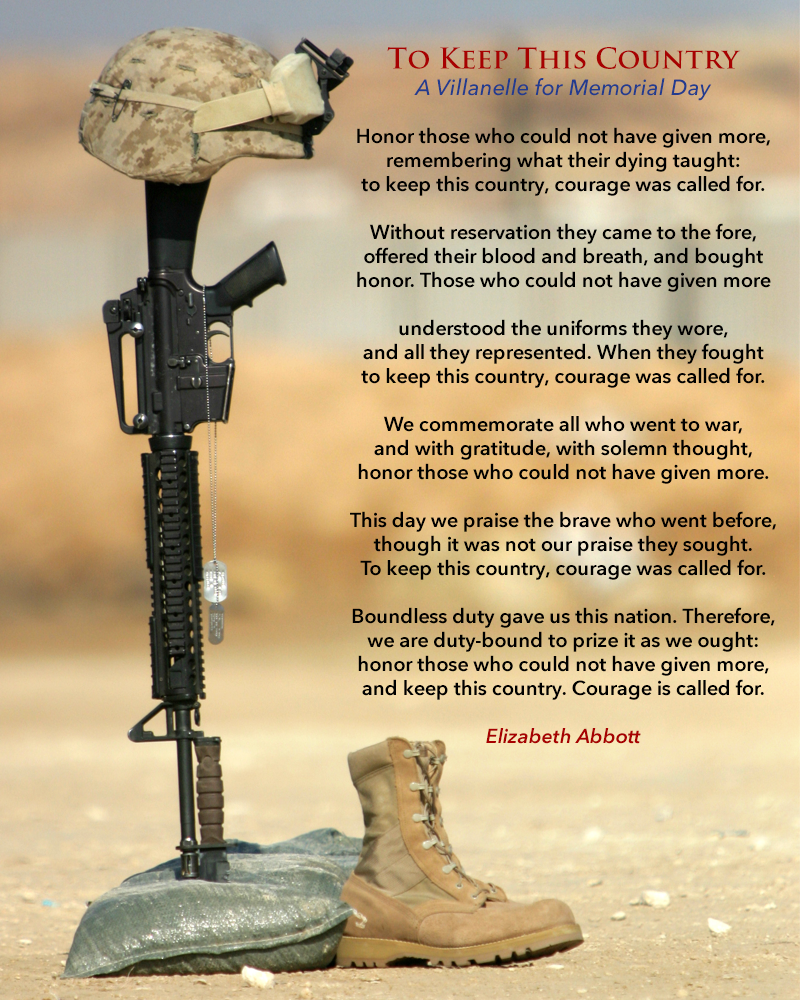
Photo credit: United States Marine Corps/Wikimedia Commons/Public Domain

Photo credit: United States Marine Corps/Wikimedia Commons/Public Domain
by Guest Writer
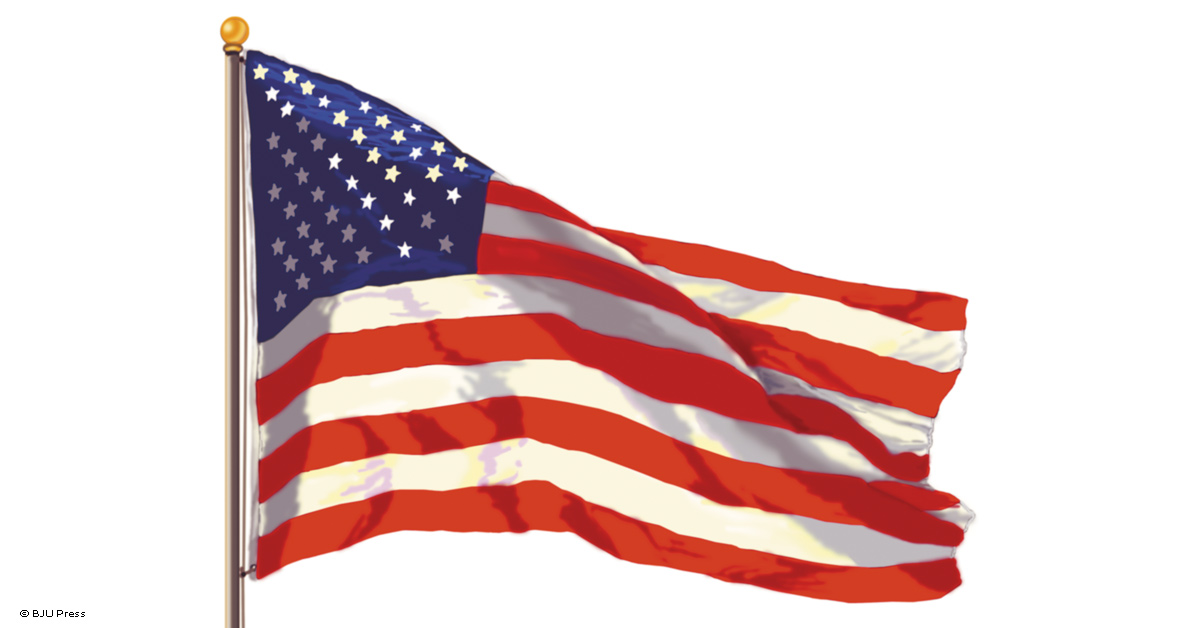
Memorial Day blends sadness with gratitude as we remember those who died in the service of our country. Unlike Veterans’ Day, which honors the soldiers who served and returned, Memorial Day recognizes those who gave up their lives fighting for freedom. Keeping Veterans’ Day and Memorial Day straight is difficult for kids, but doing activities and writing about the day will help them understand its meaning.
About a week before Memorial Day, choose a soldier to remember. Perhaps there is someone in your family who gave his or her life while serving in the armed forces, or perhaps you know of a family friend or a neighbor who lost a loved one in war. If possible, choose someone whose grave is in your area, so that you and your children can visit briefly as part of your Memorial Day project.
Once you have chosen a soldier to remember, it’s time to do some research about him or her. The individual’s birth date, date of death, hometown, place of service, and other details are all helpful pieces of information that you can find out online or from the soldier’s family members. Learning a little bit about the soldier will make him more real to your children and deepen the meaning of his sacrifice. While they research, kids can take notes using this graphic organizer.
Younger children can write a few sentences about what they have learned, in the form of a short narrative or a timeline. Visual learners may enjoy drawing some illustrations to go with the written part. Older kids can turn their research into an essay about Memorial Day or the price of freedom; or they could design a timeline with information and illustrations to celebrate the soldier’s life. Posting photos of the project on Facebook, gifting the illustrations to the soldier’s living relatives, or reading the essay aloud to a group of fellow homeschoolers are just a few ways that your children can share their projects.
To adorn your soldier’s grave on Memorial Day, you and your kids can make a red, white, and blue wreath reminiscent of the American flag. You’ll need the following supplies:
Wrap blue bandanas around the left side of the wreath, securing them with twist ties and leaving the ends free. Once you have done about half of the wreath, wrap the remaining portion in alternating red and white bandanas. Cut a couple dozen five-pointed stars from the white felt and hot-glue them onto the blue bandanas.
On Memorial Day, take the kids to visit their soldier’s grave. Check with the cemetery to make sure it’s okay for you to leave the wreath at the grave to honor the soldier’s memory.
What other activities have you done to teach your kids the importance of Memorial Day? Share them with me in a comment.
• • • • •
Rebecca is a work-at-home freelance writer, novelist, wife, and the mom of two bright-eyed little ones. She credits her success in writing and her love of books to her own mom, who homeschooled three kids from pre-K through high school.
by Meredith
Today, we honor those in the American Armed Forces who gave their lives while fighting for our nation’s freedom and principles. All sacrifices are worthy of remembrance.
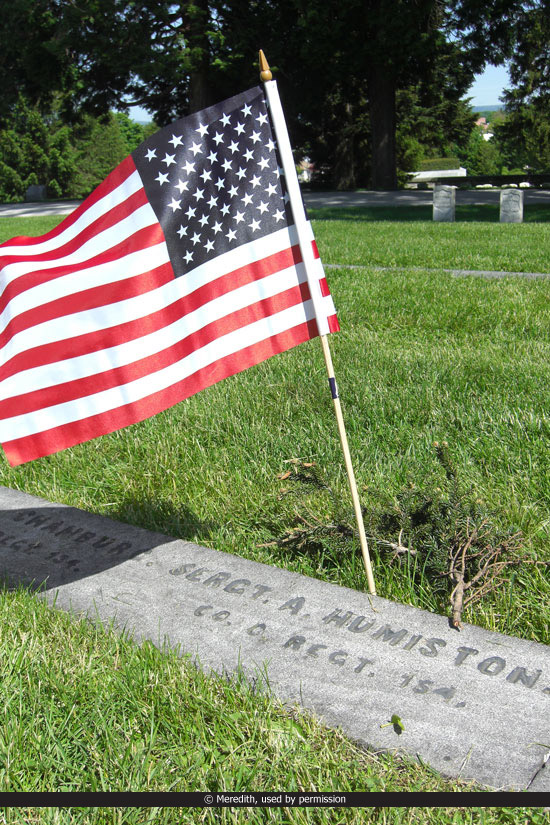 Memorial Day, also called Decoration Day in some locations, began at the end of the Civil War. Hundreds of thousands of soldiers died during the War Between the States. Shortly after the war, women, freedmen, and veterans took time to visit the gravesites of those who had died in battle. Some even created monuments to honor their commanders. Brigadier General Strong Vincent created an early Civil War memorial. The Brigadier General’s brigade defended Little Round Top at the Battle of Gettysburg.
Memorial Day, also called Decoration Day in some locations, began at the end of the Civil War. Hundreds of thousands of soldiers died during the War Between the States. Shortly after the war, women, freedmen, and veterans took time to visit the gravesites of those who had died in battle. Some even created monuments to honor their commanders. Brigadier General Strong Vincent created an early Civil War memorial. The Brigadier General’s brigade defended Little Round Top at the Battle of Gettysburg.
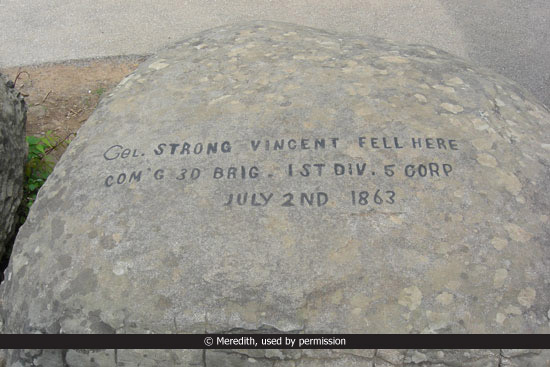
These observances were first followed by organizations and local communities. In 1971, Memorial Day became a national holiday by act of Congress. By this time, the remembrance had also grown to include those who died in all American wars.
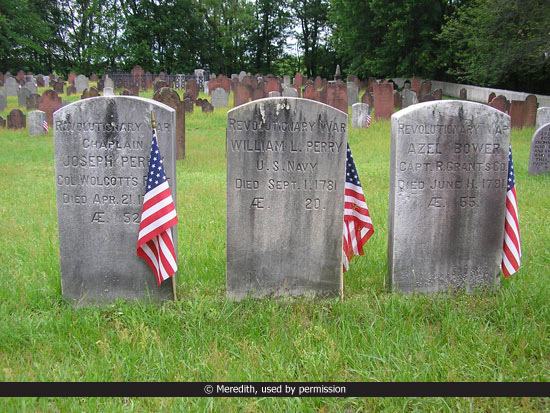
To honor the memory of these fallen soldiers, national cemeteries such as Gettysburg National Cemetery and Arlington National Cemetery have been created. The locations of some cemeteries are the actual places where soldiers died. For example, there are American cemeteries around the world to honor the heroes who never made it back to their homeland.
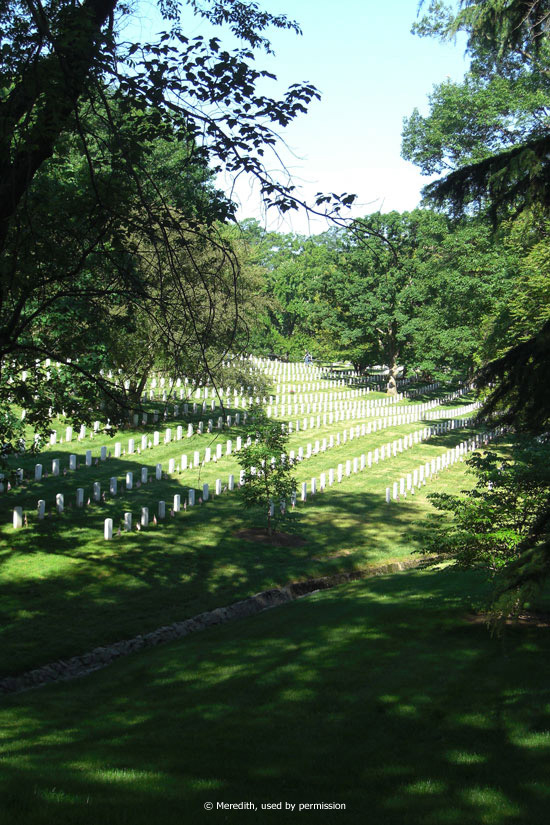 Another way we honor these heroes is through the erection of monuments—to individuals, events, and wars. Here are several famous monuments located in the Washington, D.C., area.
Another way we honor these heroes is through the erection of monuments—to individuals, events, and wars. Here are several famous monuments located in the Washington, D.C., area.
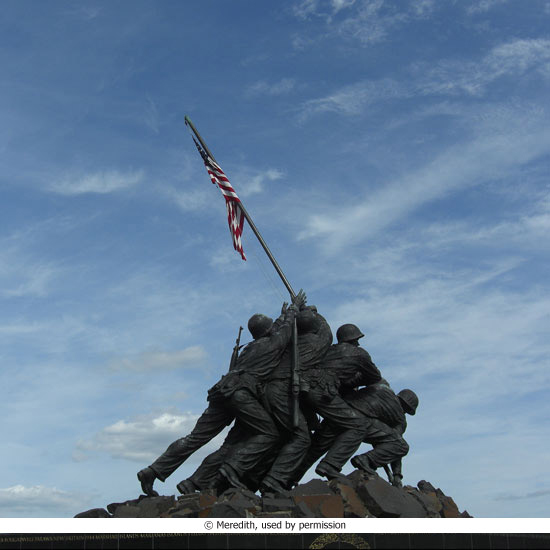
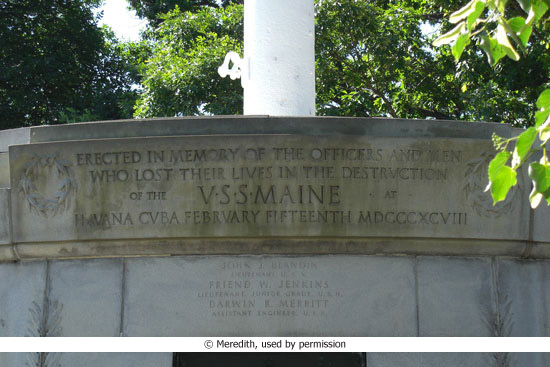
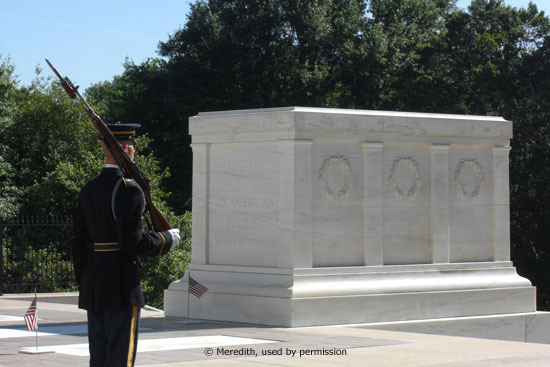
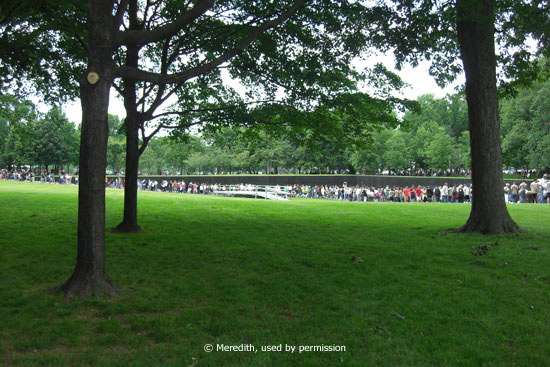
Visitors can find the names of friends and family members on the wall of the Vietnam Veterans Memorial and make pencil rubbings. I made a pencil rubbing of a family member’s name when I was there.
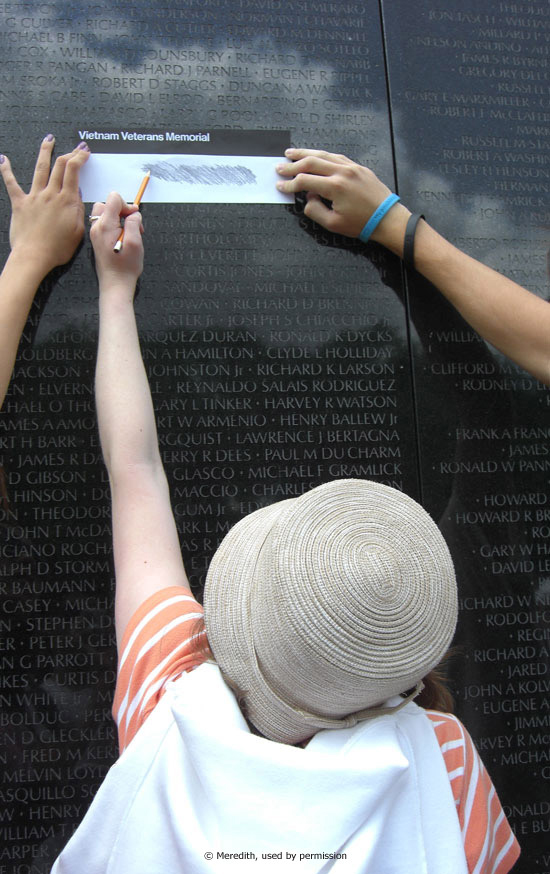 Youth Activity Ideas for Memorial Day
Youth Activity Ideas for Memorial DayHow do you and your family observe Memorial Day?